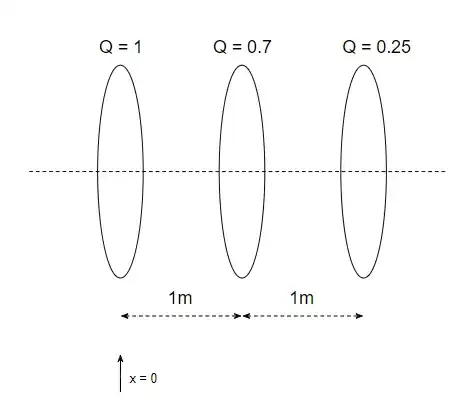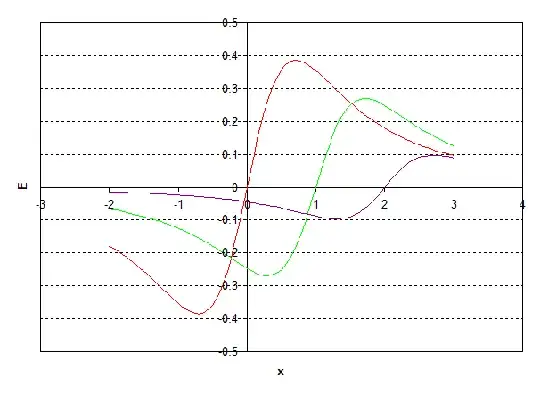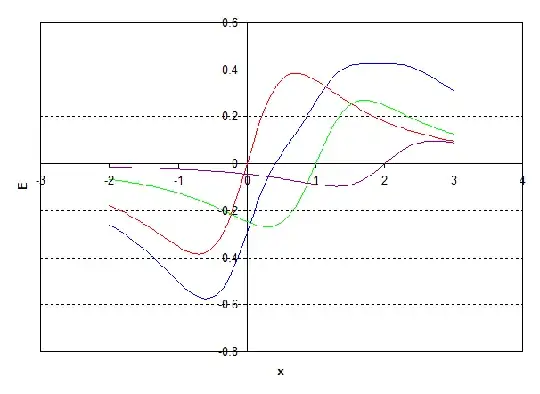The potential due to a point, or outside of a spherically symmetric distribution of mass or charge has the dependence:
$$\phi(\mathbf{r}) \sim q \frac{1}{|\mathbf{r}|}$$
and so the resulting force field looks like:
$$\mathbf{F}(\mathbf{r}) \sim q \frac{\mathbf{r}}{|\mathbf{r}|^3}$$
If position $\mathbf{r_0}=(r_0, 0, 0)$ and small displacement $\mathbf{d}=(0, d, 0)$ then the non-uniformity of the field in the transverse direction $|\Delta \mathbf{F}_{perp}| \ / \ |\mathbf{F}|$ is linear in $d \ / \ r_0$.
If I want the direction of the field to be uniform to one part in a million over the span of $\pm1$ meter, I need to be a million meters away from the source. If I want to keep the magnitude of the field constant, then the required mass or charge $q$ scales as $r_0^2$. So moving from one part per thousand non-uniformity over 1 meter to one part per million, I must move a thousand times farther, and increase my mass by one million.
Question: I'm wondering, without the use of material of the opposite charge sign, is there any additive way to improve uniformity that is more efficient (or clever) than just moving farther away?
My hunch is, after reading this excellent, concise answer, no, there is not. My hunch further is that there's an elegant way to show this mathematically, but I don't know what it would be.
note: I'm not looking for a way that lowers the deviations from zero in one perpendicular direction (e.g. $\hat{y}$) at the expense of enhancing deviations in the other perpendicular direction (e.g. $\hat{z}$). I've asked about the uniformity of field direction.


